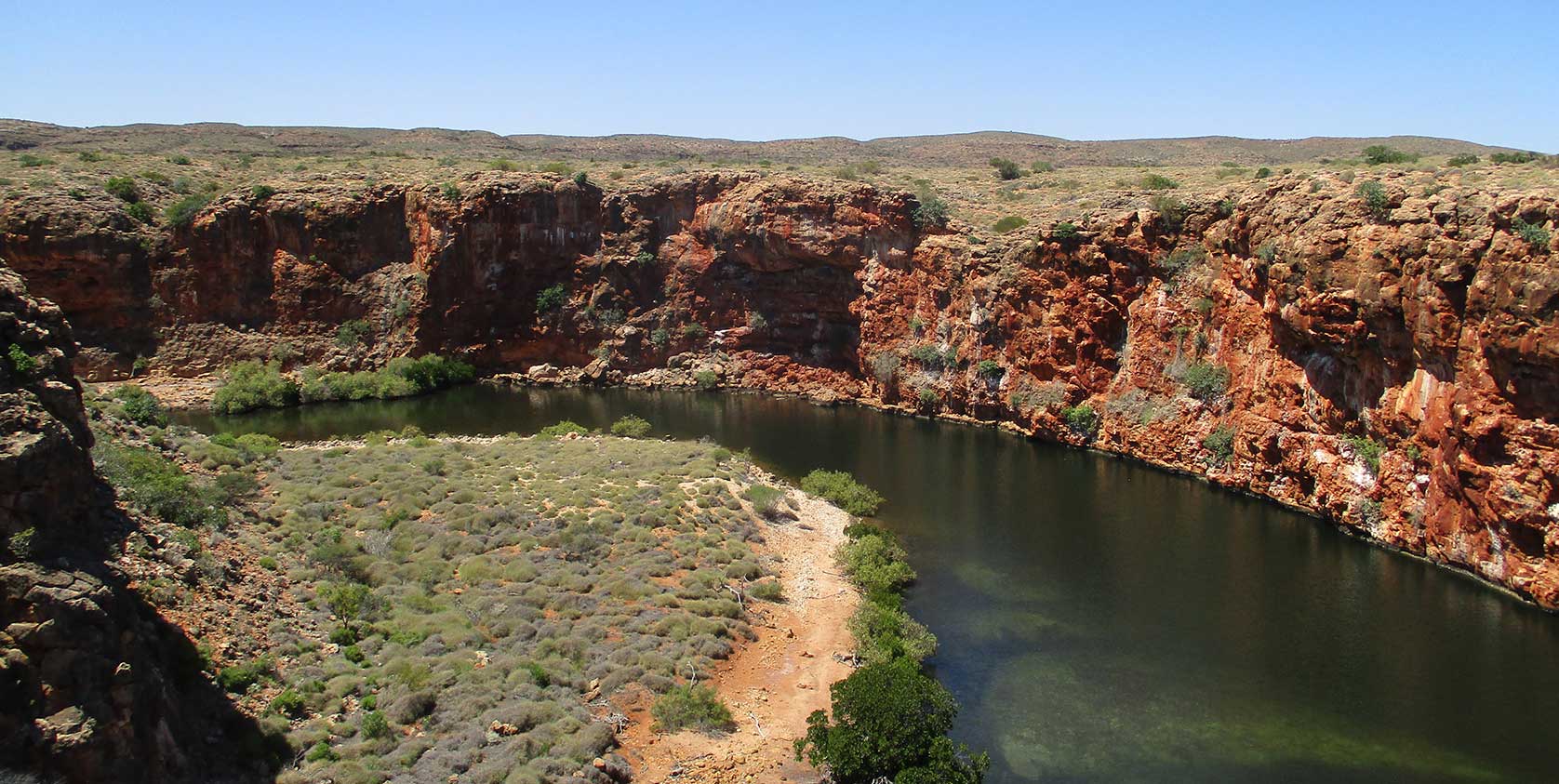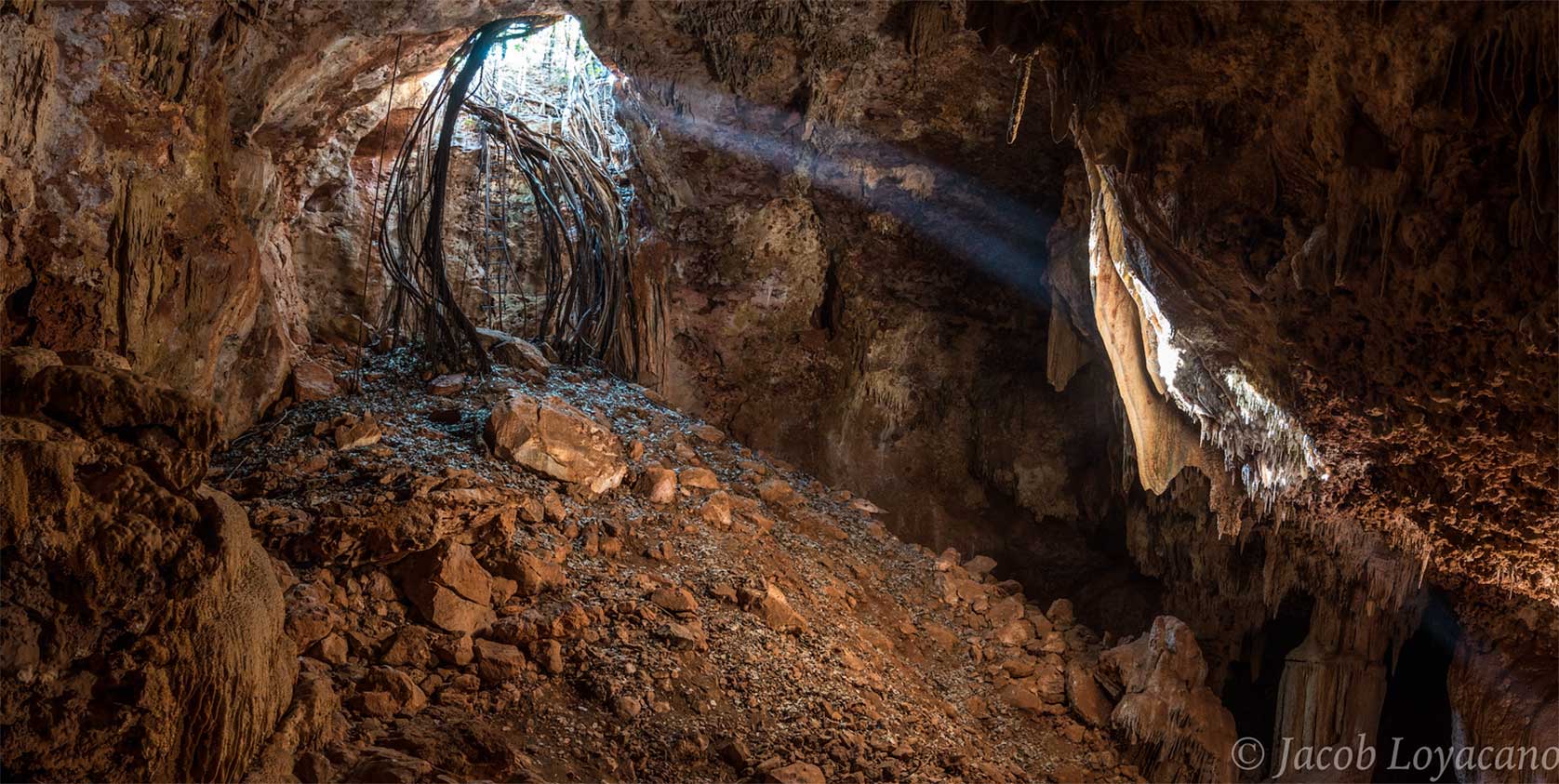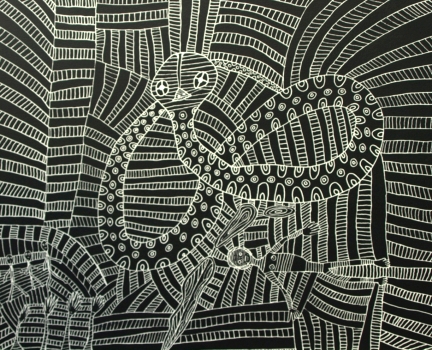It’s important to acknowledge the custodianship of this land by the Jinigudera peoples, the Traditional Owners. Exmouth Cape, set apart from most Aboriginal tribes in Northwest Australia, holds a special significance. The North West Cape Exmouth Aboriginal Corporation, led by John Dale and Ann Preest, works tirelessly to ensure the well-being of the Cape and all who visit.

The Jinigudera culture, emblematic of Australian Aboriginal culture, prioritises sustainability and care for the land overgrowth. This approach has proven incredibly successful, remaining largely unchanged for tens of thousands of years.
Evidence from rock shelters and caves on the Cape Range Peninsula suggests Aboriginal presence in Ningaloo for over 32,000 years, possibly up to 60,000. Remarkably, this region holds the oldest evidence of marine resource use and the earliest known Aboriginal jewellery in Australia.
 Photo Credit: Jacob Loyacano
Photo Credit: Jacob Loyacano
The story of how an elder guided archaeologists to discover this jewellery underlines the deep knowledge and connection the Traditional Owners have with this land.
“Ningaloo”, meaning ‘promontory’, aptly describes the Cape Range National Park and surrounding areas. Respecting this land’s natural environment, history, and culture is vital to the local Aboriginal people and their ancestors.
The Rainbow Serpent story is a cornerstone of Aboriginal tradition, explaining the formation of the landscape and the origins of life. It’s a powerful reminder of the deep spiritual connection Aboriginal peoples have with the land.






